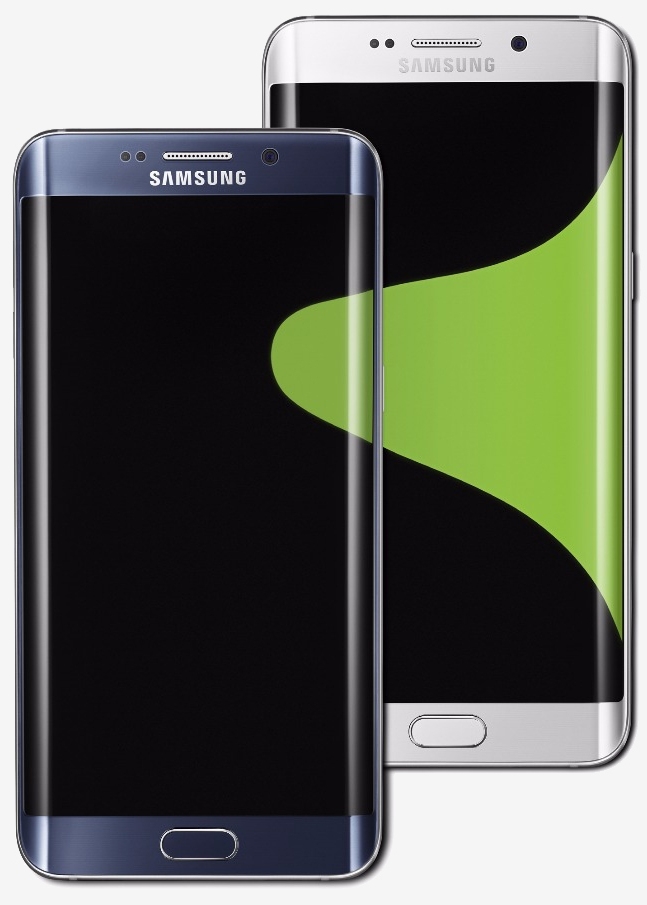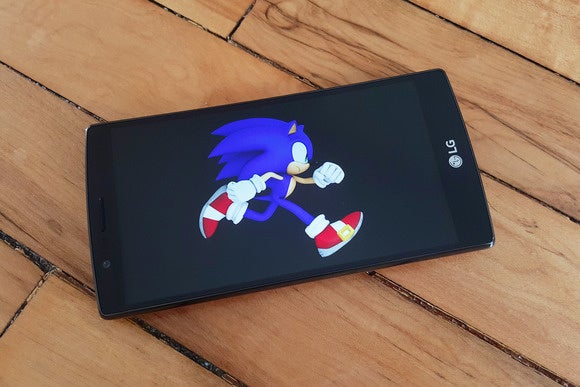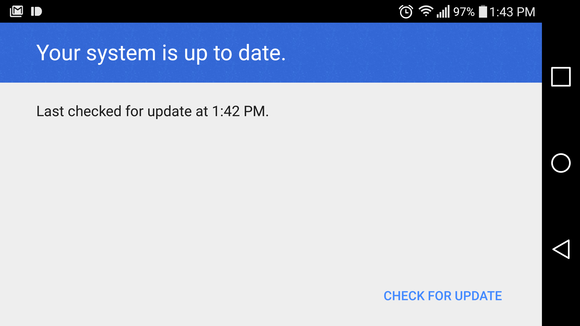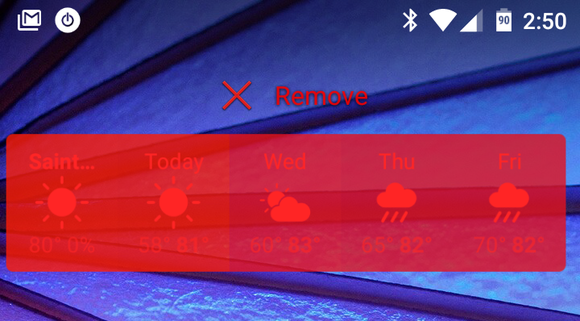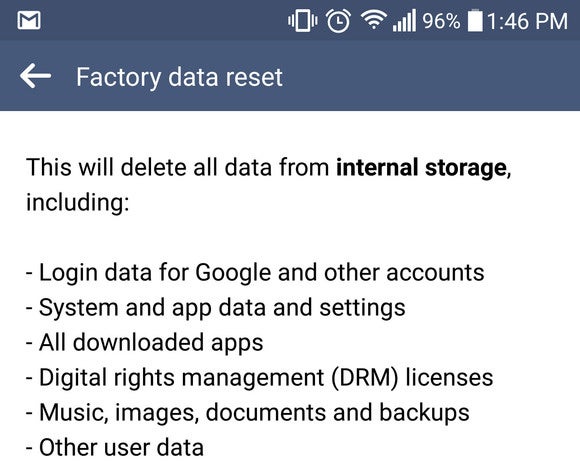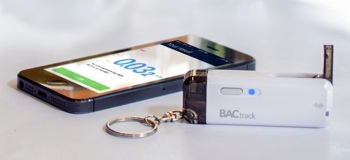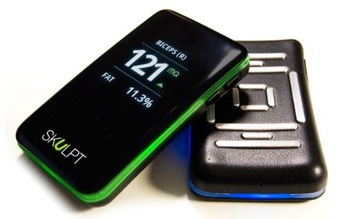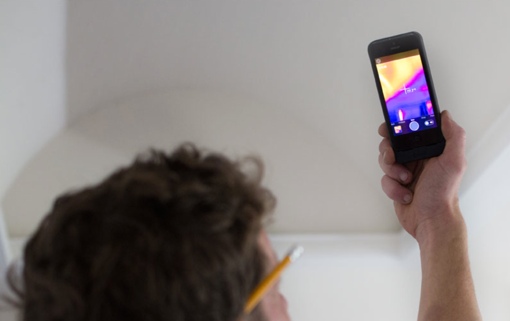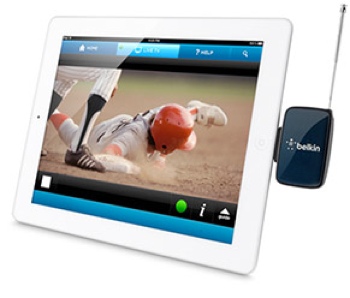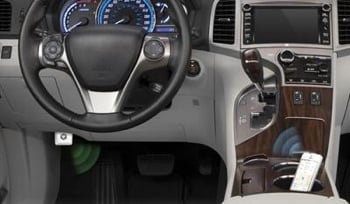Ten years ago Facebook was just cresting as the cool new social media
site that helped you keep in touch with the people you didn’t actually
like in high school. We fed it our thoughts and feelings, shared our
meals and locations and our top ten movie lists, kept it up-to-date on
our relationship status, political views, favorite links, and personal
information — all in the name of staying connected, and all without a
thought to our security. But with a decade of questions regarding
how Facebook makes money now answered, and a general understanding of how sharing information online can be dangerous (while the platform constantly
updates its security protocol),
we continue to use it anyway, even though many of us are just checking
in as ritual and have threatened our exit from Facebook for years.
Of
course, screen time in moderation is, for the most part,
perfectly acceptable, and social media can offer a few genuinely
beneficial uses. But before you log in or tap that app on your
smartphone again, here are a few reasons to quit Facebook in 2015.
It Wastes Your TimeIt's estimated
that the average casual user (17 minutes per day on Facebook) who has
been active on the site for 10 years has wasted
upwards of 40 entire days of
their lives scrolling and liking and commenting on pictures
and posts. And more engaged users, who spend at least an hour a day on
the site, have clocked 150 days feeding the Facebook beast during the
same time. Think about how long you spend on the site each day, and what
else could be a more productive use of your time.
Facebook Uses You to Sell Stuff...In 2012, the site
manipulated posts from 689,000 accounts without
consent in an experiment that examined whether or not it could
affect your emotions by making a few edits on your page. The study was
done, according to Facebook, to "improve our services and to make the
content people see on Facebook as relevant and engaging as possible."
Skeptics think it was really used to discover the monetary benefit of a
Like. COO Sheryl Sandberg later apologized, adding that they "never meant to upset you."
And Targets You with AdvertisementsOne time you wanted to buy a thing, and then you searched for that thing, and six months later
Facebook is still reminding you that
you should think about buying that thing, even if you already bought
the thing. Yes, most sites do this thanks to embedded cookies, but only
Facebook seamlessly posts these ads in your timeline with enough
regularity that you can only assume your friend has an odd obsession
with the latest Norelco razor.
It's Bad for Your HealthFacebook
isn't just a harmless website dedicated to cataloging your vacations,
poor wardrobe choices, and myopic thoughts on sporting events (which can
both define or destroy relationships), it can actually do you harm.
Studies hint that
it can impact your immune system and inhibit the release of growth
hormones, impair digestion and vision, limit thinking and kill
creativity, and affect sleep patterns and happiness.
"Who Are These People, Anyway?"The average adult
has 338 friends on Facebook and
probably doesn't know more than 10 percent of them anymore, or at all.
Many of them likely have new lives, some have new last names, new
passions, new facial hair, and new humans they're now responsible for
keeping alive (read: babies). These are not the friends you knew, and
semi-casually keeping up with them is a waste of time that could be
better spent with new, real friends. Or on Twitter.
"But I Don't Care About Privacy"Fair.
That's your right. But the problem is that we're setting precedent for
the future without yet understanding how it will affect the free and
open Web, and simultaneously creating an internet that relies on you
having a Facebook account to access sites that are not Facebook. As one
of nearly 1.2 billion users to date, odds are decent that your account
won't be hacked by someone with ill-will toward your family. That
doesn't mean that permitting easy access to your information goes
without consequence, both immediately and decades from now.
Nothing You Post Actually MattersVery
few people care what you're doing, whom you're with, where you're
eating, or what you just bought, and the people who do were probably
right next to you when you did it. We all saw that funny Ice Bucket
Challenge video, and if we didn’t see it, it's fine. We're all fine.
You'll sleep well without knowing which childhood toys you owned are now
worth a fortune, and you will absolutely "believe what happened next"
on Upworthy, because someone took time to write about it. These articles
only exist because you share them on Facebook, and you only share them
because they exist. So, instead, just invite a friend over to talk about
how much you both
loved Save By the Bell. The internet can only take so much nostalgia.
LIKE & SHARE NOW!
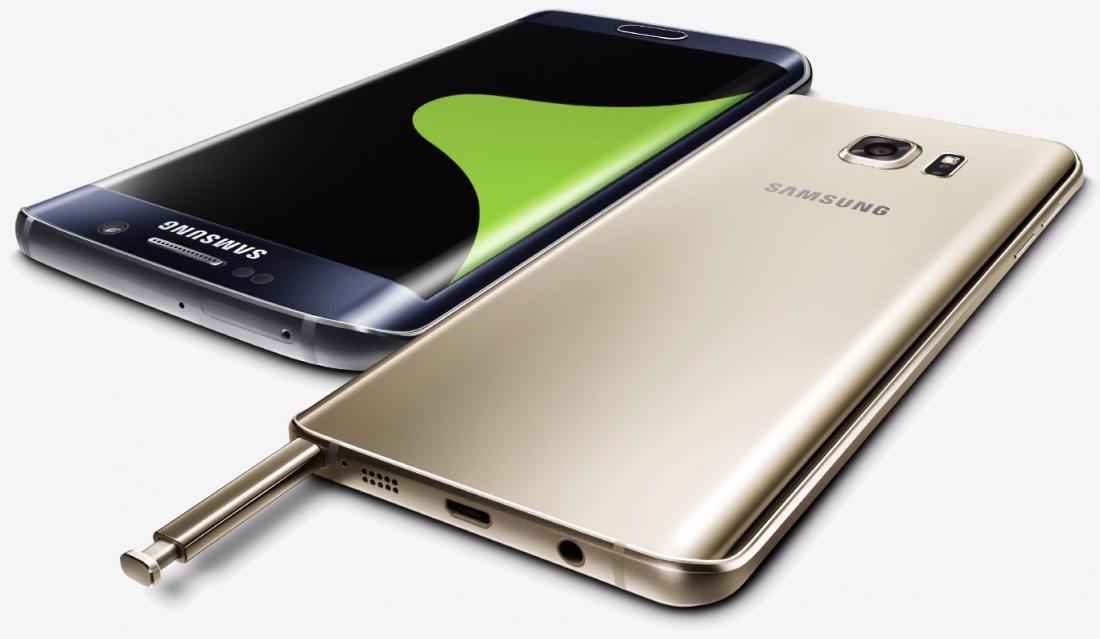
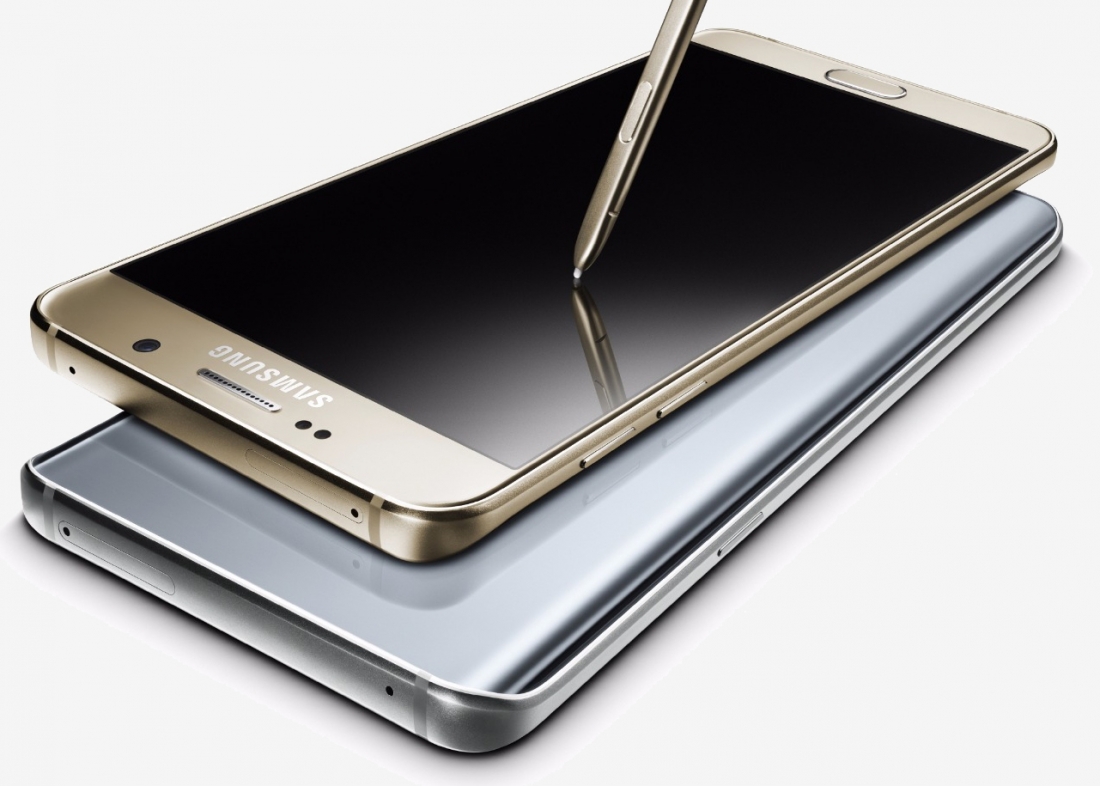 The main difference between the two is that the Note 5 has a flat
screen, an S-Pen and a curved backside while the S6 Edge+ utilizes a
curved screen along the right and left sides (just like the S6 Edge),
doesn’t come with an S-Pen and has a flat backside.
The main difference between the two is that the Note 5 has a flat
screen, an S-Pen and a curved backside while the S6 Edge+ utilizes a
curved screen along the right and left sides (just like the S6 Edge),
doesn’t come with an S-Pen and has a flat backside.